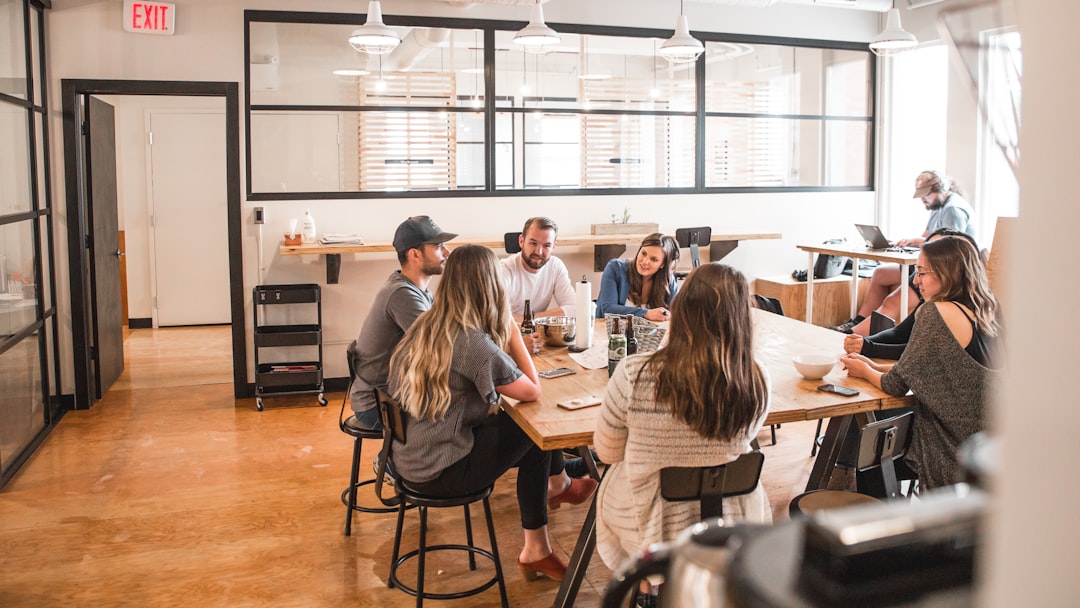What is it about?
The stagers of the constitutional democratic "revolution" that toppled the Thai absolute monarchy in June 1932 claimed to empower all people, but power thereafter was held by a few state officers, or "insiders" . This article explains the dissemination of democratic ideas in Thailand's first experiment with democracy, and how the idea of popular sovereignty was used as a way to control society. Many educated middle class people, "outsiders" to the political system, expressed frustration with the limits imposed on the new democracy and sought to make the system more inclusive. This tension over interpretations of democracy between state insiders and outsiders is still a key source of tension in Thailand.
Featured Image
Why is it important?
Contemporary Thailand is experiencing a bitter political conflict that has as its core state and bureaucratic resistance to popular democracy. My article explains the origins of this conflict in the 1932 "revolution" that introduced the first democratic system. Many decades later, it is remarkable that justifications for the restriction of democracy first expressed in the 1930s are still dominant, and especially the notion that ordinary people are too naive to handle their own affairs. Equally important is that 1930s history shows Thai people as not merely naive dupes, but people who sought to make democracy more than an idea of state.
Read the Original
This page is a summary of: Education, Propaganda, and the People: Democratic paternalism in 1930s Siam, Modern Asian Studies, April 2015, Cambridge University Press,
DOI: 10.1017/s0026749x14000523.
You can read the full text:
Contributors
The following have contributed to this page










